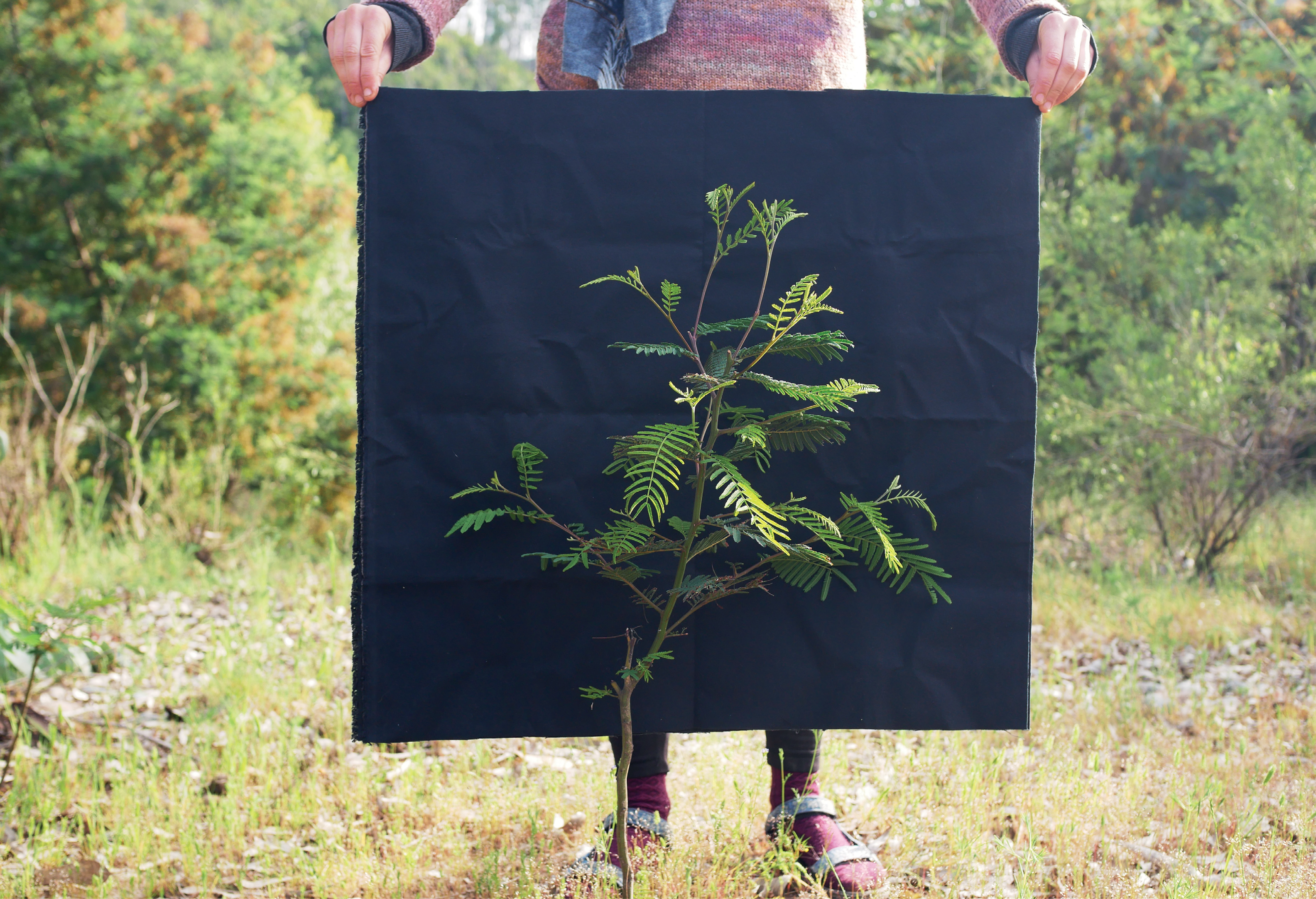
Immaterial Knowledge
Working with an active medium such as landscape requires creative research because the past has a direct impact on the realities of the present. Still, the chief difficulty of working across time lies in addressing challenges of the future. The landscape of retreat is empowered by a less objectified world, which might help overcome the abuses of imperial forestry and its long term effects. Landscape is thus a predictive field; it aims to materialize ideas, concepts, and impressions into the living environment. This makes it an imperfect practice, but a necessary one. How can we extend our repertoire of intermediary actions? What cues can be borrowed from the less visible world?
“Anthropologists in general distinguish between works of theory, which will give you the keys for theoretical methodological research, and oral sources, which will always have a more concrete and epistemologically dependent status in comparison to books; this was not the case for Violeta [Parra]. The object that she would ‘pick up’ was both knowledge and ways to access that knowledge, because the source of both was knowledgeable people.”
14
Miranda, “Violeta Parra,” 83–104.
— Paula Miranda, “Violeta Parra,
Creative Researcher”
A kind of narrative repair commits to bringing plants out of the background of human action and into the foreground of our attention. My ambition in this case study is to learn how to better approach a vulnerable, injured landscape through creative research that pays attention to multigenerational and multispecies stories that survive despite the odds. Diversifying our stories helps shed light both on how we inherit the past and how we might share the future.

In design, knowledge is not gathered, but experienced. Experience it cannot be “picked up” like a book, or “sampled” for further study. It swarms, matures, and tightens around time. In landscape studies, experience is augmented by fieldwork, spending time outside, under the stars and skies that condense terrestrial dynamics. Fieldwork helps define research that is unique to landscape. It encompasses both the relationship to place and memory and throws light on its meaning, but also pays close attention to those who travel through, are touched anew or dwell intimately with local earth. It does not distinguish between sources and values non-material inspiration. Therefore, fieldwork, much like experience, expands the definition of landscape. This is one of the reasons that landscape—the fusion of culture and nature—as a field for creative research, is whether or not there is a place for material outcomes, or landscape-making practices. Some outcomes leave no material evidence.
Ecologist Bernardo Reyes refers to agrar- ian reform in Chile; the nature of why the land was privatized and how landed property might
be redistributed. In Chile, agriculture is limited by arable land, and the pressure of exportable products from cherries to wine. And yet, when we sat down
for a meal, we were encircled by edible plants, albeit spontaneous and uncultivated. Controlled breeding
is common in nurseries, validated by embryogenesis in laboratories, but the nursery lies in the Maule rivershed and draws 1,700,000 cubic meters of water from the Maule estuary for every 200 hectares of plantation. At the nursery, clones of selected individuals are grown as “micro-plants” to start production. Each micro-plant has a minimum of 200 copies, or clones. These copies are planted in a substrate of pine bark compost, perlite, and tufa mixed at the nursery. Each copy is called a “mother plant” and within eight months, mothers are producing cuttings that will grow independently for a year until being moved into the field. The whole process of designing, growing, and moving plants is achieved in approximately eighteen months. In contrast, it can take a native plant such as Maiten, Quillay, Pelu, or Maqui up to one
year just to germinate a seed. Hope emerges when the names and offerings of other species can be repeated—a celebration of the essential reform that surrounds us all daily.